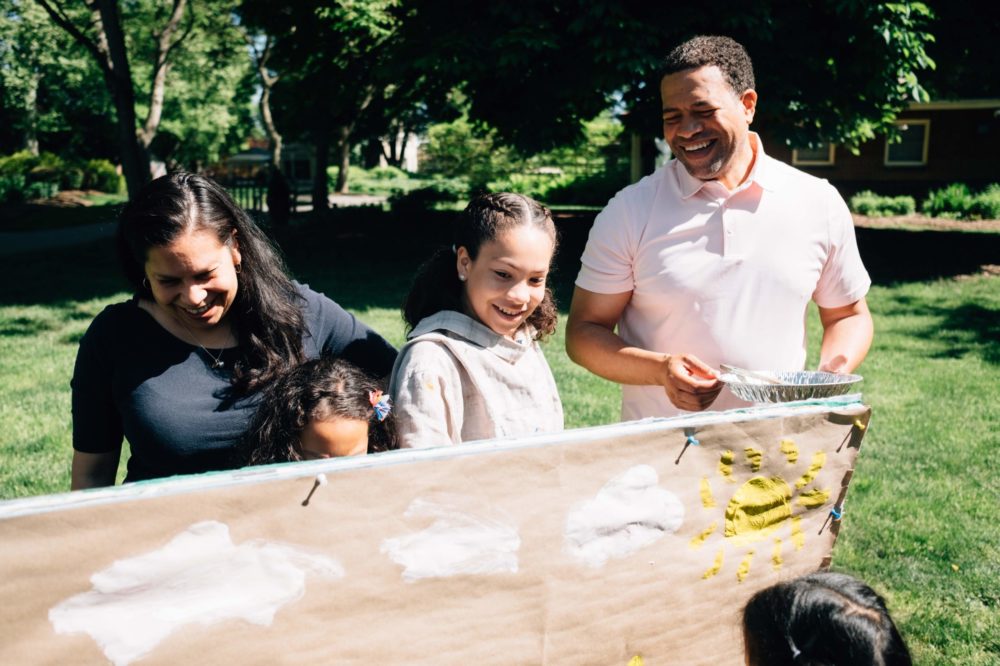
How global shifts in technology are shaping the future of learning
By Melissa Rayworth
Sunshine was exactly what Christine Graziano’s son needed last winter. The mornings were relentlessly gray in Pittsburgh – a beautiful place that happens to see more cloudy days than anywhere in the nation. That, coupled with the pressure of the pandemic, had this normally cheerful 8-year-old struggling.
So the family made a choice that would have been impossible during a conventional school year: They went to Florida to stay with relatives, schooling and working remotely while to soaking up warmth, sunshine and connection with family in a COVID-safe bubble.
Within days, her son’s mood brightened, Graziano remembers, and “I saw him blossom in academic ways.”
She points out that there is privilege in being able to load up a car, drive a thousand miles and visit relatives. But Graziano sees a groundbreaking truth in the experiment of remote learning: As imperfect as it has been, the COVID disruption brought much-needed flexibility to a rigid system designed a century ago.
Our world is changing at an increasingly stunning pace. People change jobs multiple times, and today’s students will pursue jobs that no one has even imagined yet. They’ll need to think flexibly and tackle problems creatively. The flexibility of online learning is a vital step in preparing for that future. And it’s one key to personalizing learning and making it more culturally responsive.
Graziano isn’t alone in seeing these possibilities: Last October, the National Parents Union surveyed 1,000 parents from diverse backgrounds. The majority want schools to prioritize high-quality distance learning and to continue offering some form of virtual instruction after the pandemic.
Nearly two-thirds (64%) of those surveyed said “schools should be focused on rethinking how we educate students, coming up with new ways to teach children moving forward as a result of the COVID-19 crisis.”
Research done in October and November by the RAND Corporation found a similar appetite among families and schools. One of their key findings: “About two in 10 districts have already adopted, plan to adopt, or are considering adopting virtual school as part of their district portfolio after the end of the COVID-19 pandemic. District leaders cited reasons related to student and parent demand for continuing various forms of online instruction in future years.”
Locally, districts are already thinking creatively about the potential power of post-COVID online learning.
Just one example: Innovation Works and Allegheny Health Network (AHN) have opened an incubator called AlphaLab Health to help healthcare and life sciences startups grow. It’s located just a five-minute drive from Northgate High School.
The organizers are open to welcoming high schoolers who could gain real-world experience and discover potential careers during internships. This educational experience — and all the informal mentoring and motivation that comes with it — could help lift students out of poverty, says Dr. Caroline Johns, superintendent at Northgate.
But when this idea first surfaced, there was a roadblock: If you bring students to AlphaLab Health for part of the day, how would they make it to their other classes?
Technology changes all of that: Post-pandemic, students could go to the new complex, spend one or two class periods doing their internship, and then log in from there to attend their other classes via Zoom.
This approach leverages technology to increase real-world, face-to-face learning. It would give students the chance to grapple with complex problems, develop teamwork skills and make connections that could change their lives.
Online learning has its pitfalls, to be sure. In the past year, millions of children have missed valuable social time with their peers and teachers. And the digital divide remains a massive and growing problem that must be tackled. Schools and families have only just begun to sort through the best ways to use technology in each community.
But at this malleable moment in history, we have a chance to ensure that every young person can experience learning that ignites their passions, cultivates their curiosity and builds their skills. Technology, used with care and with equity in the service of deeper human connection, can help us make that happen.
This article is part of a series for “Tomorrow” powered by Remake Learning. “Tomorrow” will explore – through virtual events, grantmaking, and storytelling – what we can do today to make tomorrow a more promising place for all learners. Follow along or share your hopes for today’s young people using the hashtag #RemakeTomorrow and tagging @RemakeLearning. Learn more about Remake Learning here. And read more “Tomorrow” articles published on Kidsburgh.